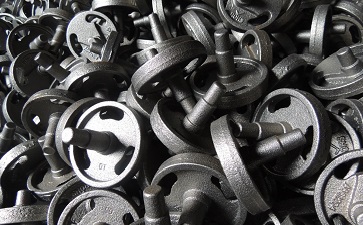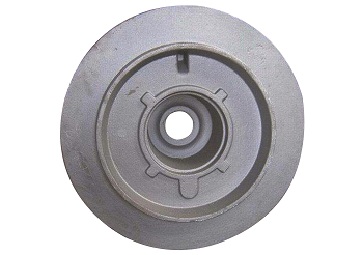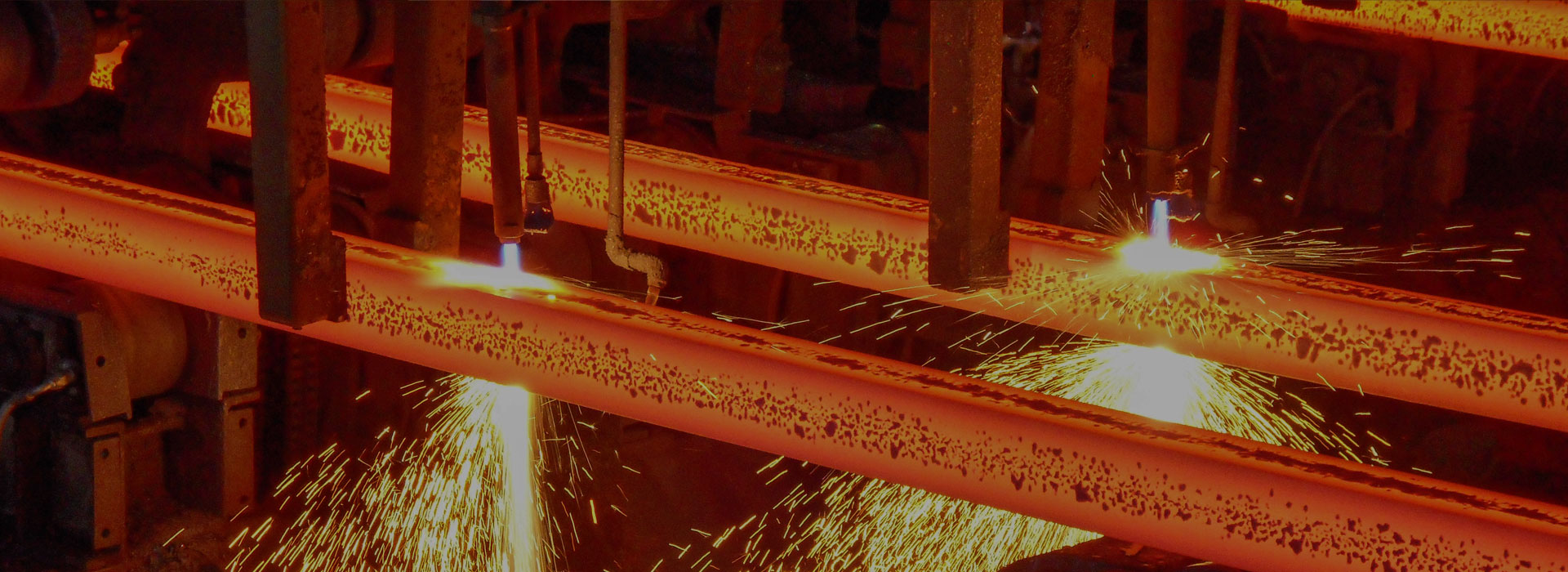Common problems and solutions while machining on ductile iron castings
2025-07-16
The common problems in the machining of ductile iron castings are that the processing is not advancing, the hardness of the casting is high, or there are hard spots in the casting during machining. Especially for heat-resistant ductile iron castings, the hardness of the casting will be significantly increased due to the chromium content and molybdenum content in the casting, which will increase the cutting difficulty during processing.If the ductile iron casting does not reach the casting temperature during melting, that is, the metal elements such as chromium and molybdenum do not reach the melting boiling point, the metal elements such as chromium or molybdenum that are not completely dissolved will exist in the local part of the casting and the machining will not be effective.The correct processing process is to temper the castings before machining the ductile castings, so that the internal structure of the castings is evenly distributed.

The tempering temperature should be 900-950 °C and the insulation treatment should be carried out, with the furnace temperature controlled below 200 °C to avoid the phenomenon of surface cooling and hard skin.
There are also special circumstances that will cause the machining of ductile iron castings to be stagnant, where the castings reach a qualified temperature when they are baked and are also tempered before machining. However, during machining, the machining remains stagnant, and there is a phenomenon of local machining stagnation. The above reasons stem from the smelting process, caused by the reasonable filling sequence when melting and filling the charge.

This is because the melting and boiling points of elements such as chromium and molybdenum are higher than those of ductile iron, scrap, and recycled materials. They must be placed in the middle of all the charges when filling, not at the bottom of the electric furnace, because the melting temperature can only be measured at the upper temperature, and the chromium and molybdenum present at the bottom do not necessarily reach the boiling point. The correct loading sequence is the solution to the special hardening situation.



